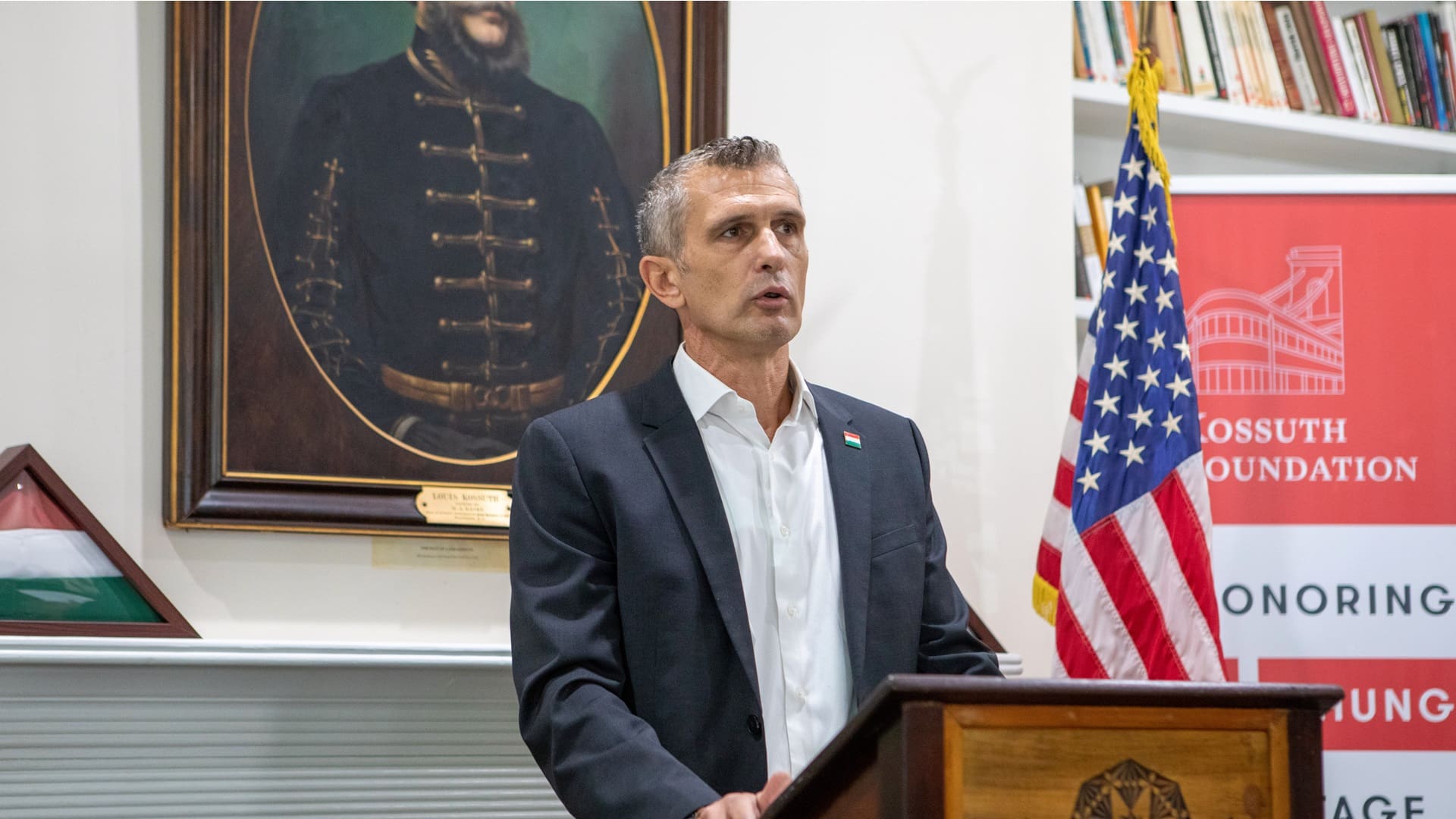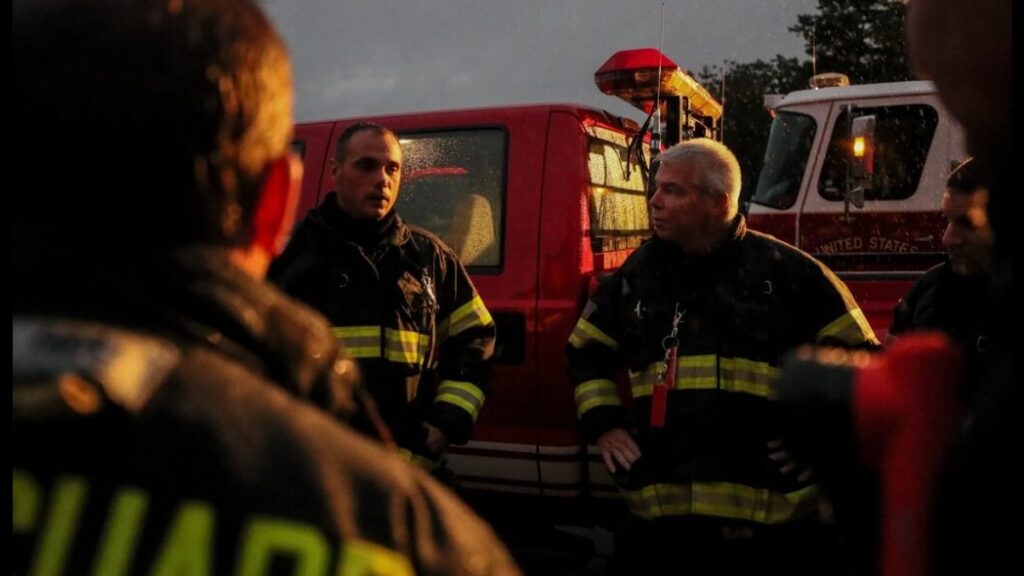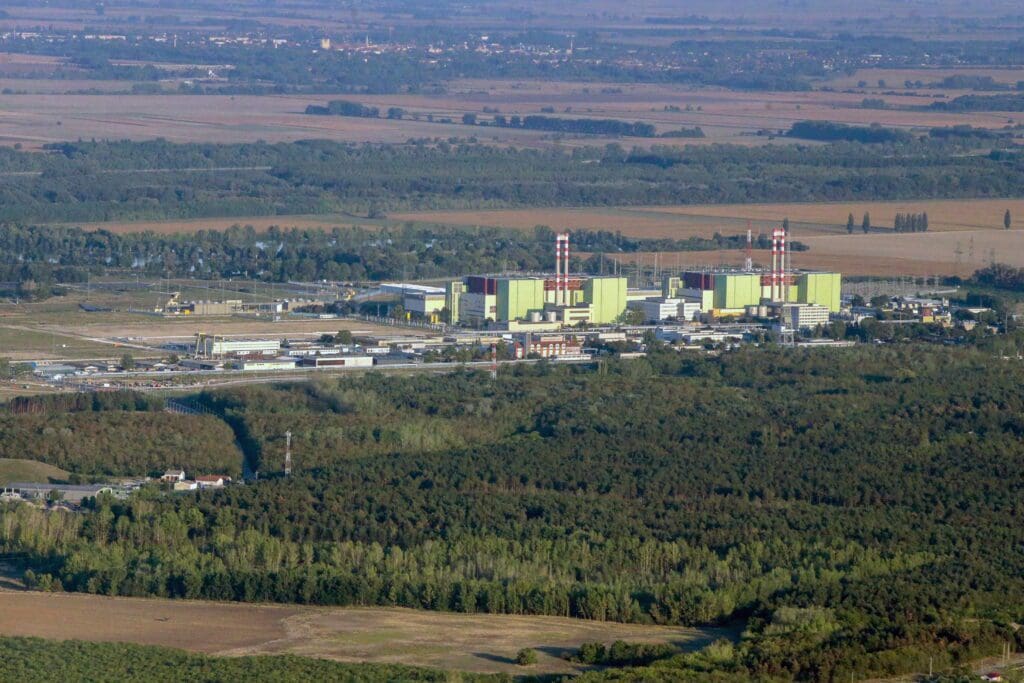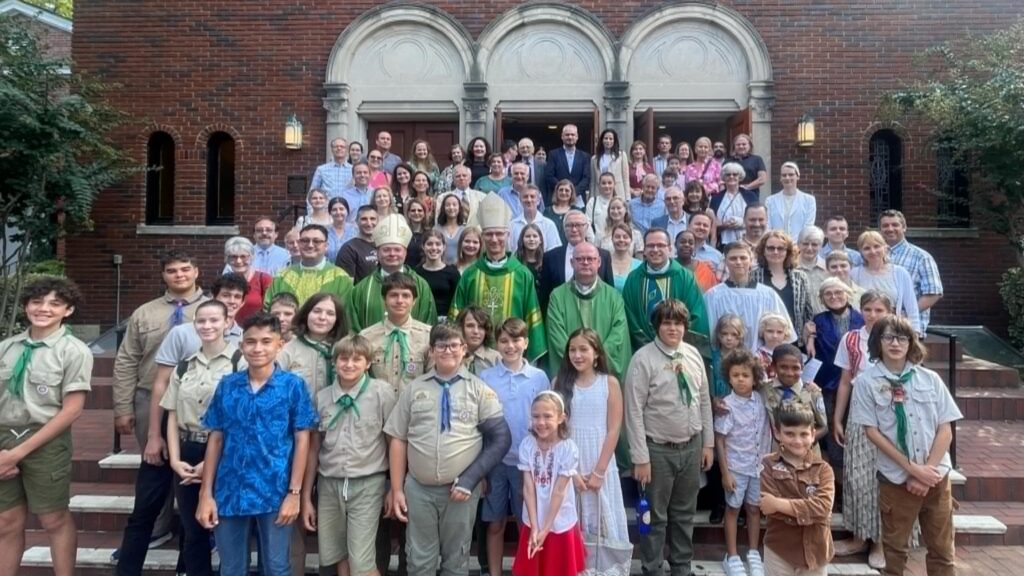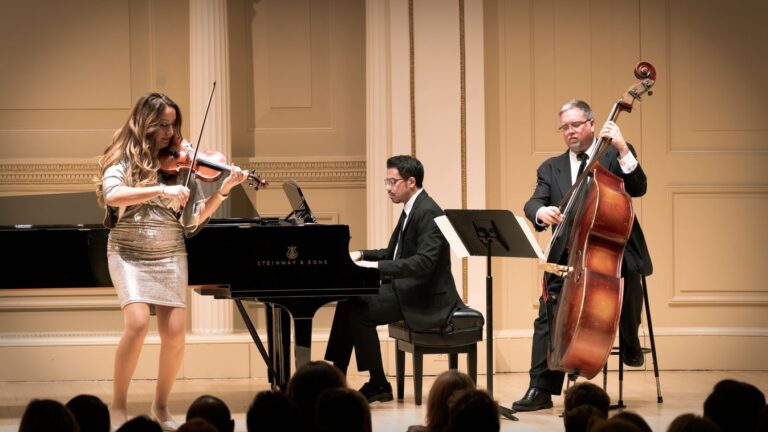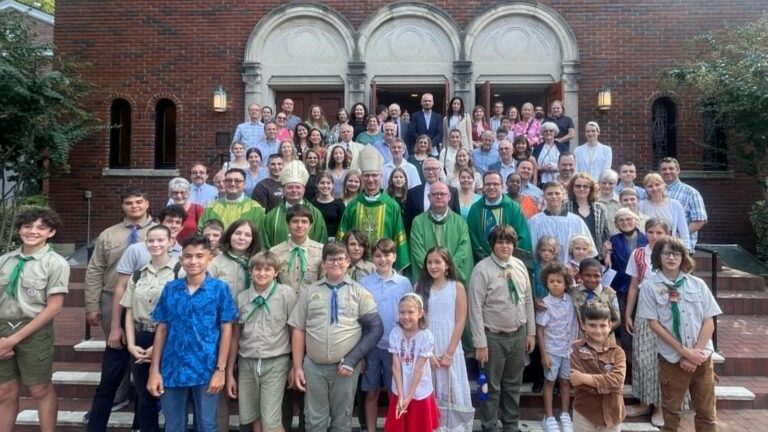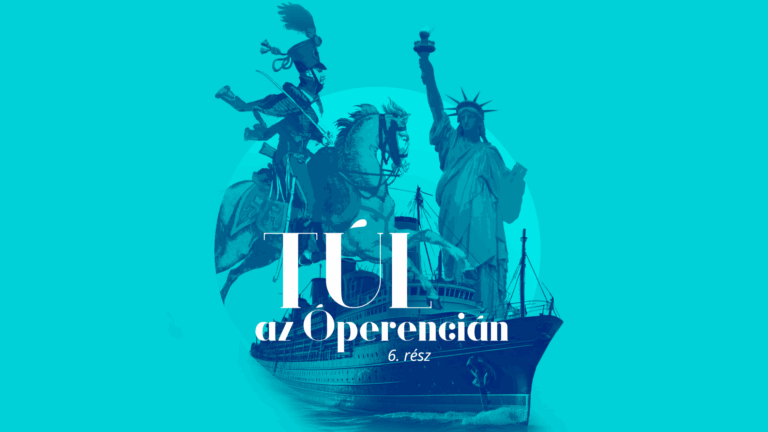Sándor Végh moved to Washington DC in 1997 for a one-year PhD scholarship but decided to remain there. He noticed the lack of young professionals in the local Hungarian community, so he started organizing cultural and professional events for young adults, mainly for networking reasons, and set up a Hungarian language programme in the Kossuth House. After 13 years, he took a break, but became active again in the Hungarian community after the establishment of the Kossuth Foundation in 2011 and the purchase of its building by the Hungarian government in 2019. Since 2022, he has led the Foundation, working on a new strategy: turning the historical, living-in-the-past image of the Kossuth House into a forward-looking, dynamic organization, aiming to become a multi-functional community centre.
***
How did you first get into contact with the Kossuth House?
When I arrived in Washington DC in 1997, within the first few weeks, I got acquainted with the Kossuth House, owned then by the Hungarian Reformed Federation of America (HRFA), which was a fraternal organization established in 1896; one of the oldest Hungarian organizations in the US. This building was its headquarters purchased in 1985. The previous president of the organization, Rev. Imre Bertalan, who went to school with my grandfather, introduced me to the people in the Kossuth House. This beautiful building in the heart of Washington DC was essentially an office. They organized occasional meetings and celebrated the Hungarian national holidays, but not much more. When I started visiting those events, I immediately realized that those were mostly for the older generation immigrants. It was nice, but something was missing: variety and young people. I realized that we needed to organize different types of events for that generation, too: the newcomers, who did not escape from Hungary, but came by their own initiative to study, work or research.
Which means a very different reason and a quite different view on Hungarian American life, right?
Very much so. Some of them probably came just for a few years, some of them planned to stay for long. The common denominator was that they were my age group, broadly between 20 to 40 years of age. Washington DC is the centre for not only politics; there are many embassies with thousands of diplomats and their families, but also a lot of think tanks, financial and IT organizations, companies of all kinds, as well as the National Institute of Health, medical research centres, a couple of universities, some of them with a quite high profile. So, all kinds of disciplines attracted (and still do) talent here.
In 1998, I started organizing events for young professionals—we called it the Kossuth House Social Club.
We started with film screenings, exhibitions, lectures, etc. We had no funding, so we collected donations. The building itself has a beautiful and cosy conference room, but it is limited in size: maybe 40 people, so we could have a ‘full house’ quickly. Then we realized that we also needed to do more on the networking side. I think this was a change in the mindset. We did not just come together to celebrate that we are Hungarians, but used Hungarian culture that ties us together—whether it is music, folk dance, gastronomy, wine tasting, a movie, a lecture, or a round table discussion—as a vehicle for networking.
Networking with whom?
First with each other, and then with other interested parties. There are people who we call friends of Hungary: spouses, friends and partners, co-workers, and acquaintances. This is one reason why we try to do most of our events in English. Obviously, if the topic is uniquely Hungarian, for example, the commemoration of the 1848 and the 1956 Revolutions and Freedom Fights, we do it in Hungarian. But we try to be inclusive: we never showed a movie without English subtitles. In 1998, we started a Hungarian language programme for adults. We hired teachers, we paid them a modest compensation and asked for a low tuition fee. We started with three levels that quickly grew to five–six levels. And, again, we started building a community around the programme, as most of these people were somehow acquainted with Hungary. It was a beautiful period when the Hungarian community started growing.
You mentioned young professionals. Was there also a professional version of this social club?
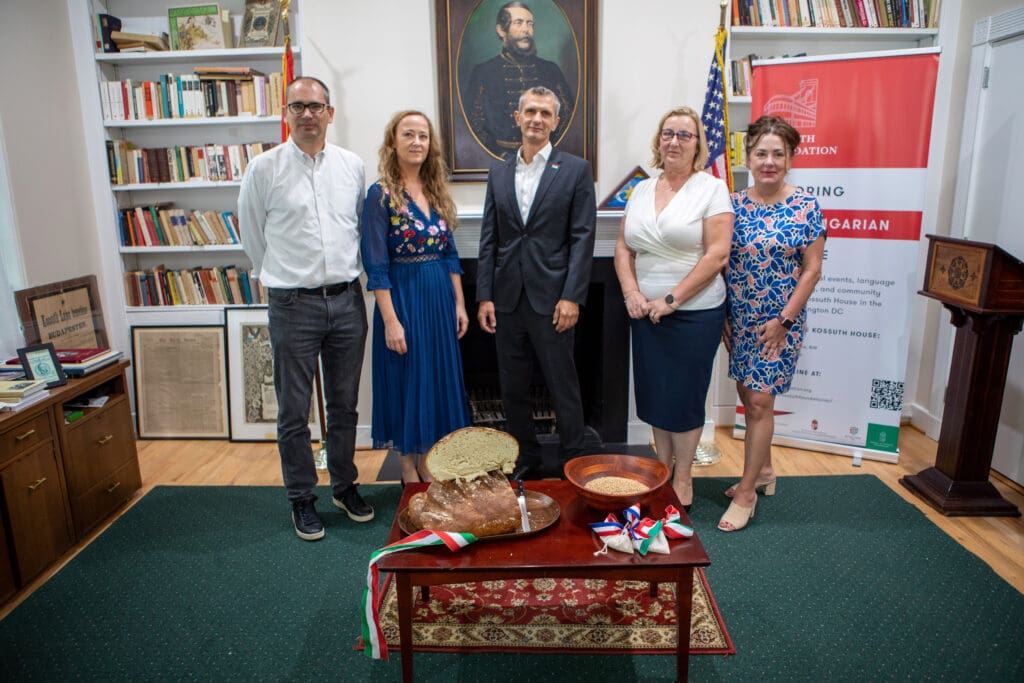
Yes, I eventually established a small, but formal organization called the Hungarian America Foundation (HAF) and launched its ‘Hunex’ initiative. We took advantage of being in Washington DC and worked together with the Hungarian Embassy where delegations were coming on a frequent basis. We tried to be very opportunistic: when a minister or a state secretary came to DC, we invited them to the Kossuth House for an easy, informal event and they were very glad to participate in these roundtable discussions at the end of their official visit, just to relax and connect. It was a fantastic opportunity for the young professionals—who studied and/or worked in the IT, health, or finance industries—to interface directly with the politicians and/or decision-makers in their own field.
One of our biggest series of events was the so-called Homecoming Forum that ran for about ten years.
We invited these young professionals at the embassy as well as the representatives of the Hungarian government, and later those of the European Commission and the US government,
mostly related to the field of education. It was not only a DC-centred event, but people also came from the entire East Coast, especially from the research triangle in North Carolina. The original purpose was to re-connect them with Hungary, so that Hungary could benefit from their study or work experience. However, we soon realized that most of them do not necessarily intend to move back to Hungary, so it turned out to be another networking event, where they had a chance to connect and collaborate here in the US. Nevertheless, it got a lot of attention in Hungary. We had projects which started doing job databases and networking—all kinds of ideas came out of that programme.
Why did it stop if it was so successful?
I got a full-time job at the World Bank and my daughter was born. I believe I shifted out of this at the right time as the membership of the owner organization (the HRFA) was dwindling, and from a financial perspective, it seemed to make sense for them to merge into another organization, GBU, which is an originally German Lutheran fraternal insurance organization based in Pittsburgh, Pennsylvania.
This was unfortunately the end of the long history of the HRFA as such. They did not need the Kossuth House anymore; the ownership was transferred to the newly established Kossuth Foundation in 2011. As I was out of the picture focusing on my career and family at the time, I did not have a lot of insight during those years, but I learned that there was a period of turmoil. The new leadership under the Kossuth Foundation restarted some of the previous initiatives, for example the language programme and some social and cultural events, but there was a lower level of activity in those years.
In 2019, the Hungarian government bought the building and entered a long-term lease with the Kossuth Foundation:
the latter operates the building and pays the bills by renting out a couple of rooms commercially. The government allocated some money for the restoration of the building as well for which we are grateful.
Was this the time when they approached you to come back?
Yes, I guess they remembered those 13 years I put in here. They probably realized that, by working in the World Bank, I might have some comparative advantage, so when I joined the Board, I quickly became the Treasurer. I slowly started taking over responsibility for finances, then communications; and, finally, the events, the language program,e and the library. So, in 2022 the Board voted me to be the Chair. I have been officially leading the Foundation since, having built a small team with a few, but very energetic and motivated people. All of the contributors should be mentioned, but let me single out programme manager Zsuzsanna Seres, a very dynamic organizer. She puts her heart in the Kossuth House. I only work with people in whom I see this level of pride and dedication. None of us works for money, we are volunteers, except for the caretaker, the accountant, and the language programme coordinator. I believe in small teams and want everybody to look in the same direction. I do not want divisions or conflicts. For now, it works well.
You said you dedicated this year to rebranding the entire organization. Could you share more details?
We have a new strategy already reflected in our visual branding.
We look to the future, while we honour our past and keep it in the rear-view mirror,
we strive to be a forward-looking dynamic organization. We are very conscious of what kind of events we organize, for what target groups and in what quality. We want people to see that something is happening here; it is worthwhile to come to our events and contribute. We are very lucky to have a building, a home, which belongs to every Hungarian person and organization. I started to encourage the small communities to participate in our events or use the building for theirs. We aim to become a community centre, a hub for all Hungarians and friends of Hungary.
What about your connections to the Hungarian Embassy?
We work very well together. Ambassador Szabolcs Takács and Community Diplomat for Diaspora Affairs Zsuzsanna Fekete are very supportive. They help us advertise our events, or even host them, if we need more space, as they help other organizations. In my 26 years in Washington DC, I’ve seen governments come and go. We always kept away from domestic politics and did not organize political events at the Kossuth House. Naturally, when the Hungarian government cares about the diaspora, the nation outside the borders of Hungary, that resonates with us. Obviously not with everybody, but that is fine. This is why we focus on culture as it overcomes political divisions in the community and gives a sense of belonging. As János Csák, our Minister of Culture and others said at the commemoration of 1956: ‘We were here in the last 1,100 years, and we will be here for the next 1,100’. We need to think and plan in the long run.
Let’s talk about your current programmes. Which one do you consider as the most important?
Our flagship event is the Hungarian Heritage Festival in late April.
We had two so far successfully, and we are very proud of that achievement. It is a great event for the Hungarians, but this is also a very good showcase of our culture for our American friends. It is a one-day folk culture-centred event: folk music, folk dancing, folk art, handcrafts, food and wine—all the necessary ingredients, including pálinka. We organized it just across the river where we rented a place. On the first occasion, to our very pleasant surprise, 500 people showed up; for the second event earlier this year, over 800. So obviously you can guess what our goal is for next year. This is again mainly organized by Zsuzsanna, who does a fantastic job. My duty is to clean things out of her way, so she can just shine and do it. One of the great ideas she had was to invite Hungarian food trucks, even from New Jersey. At other Hungarian events, organizers and volunteers cook and bake all day. It is a huge load of work in every aspect, and they cannot enjoy the event, because they are locked up in the kitchen for the day. For us, this is not a fundraising event, all we want is breaking even, since we need to pay the performers. Thankfully, a grant from the Bethlen Gábor Fund of the Hungarian government aimed at helping Hungarian organizations outside Hungary also helps.
What about the rest of the programmes, about which short accounts can be read on your website?
The language programme is successful: there are close to 80 students signed up in 11 different groups now. We focus on various aspects of culture from lectures to wine tasting. For example, we celebrated the 45th anniversary of the return of the Hungarian Holy Crown to Hungary from the US. We also started collaborating with other organizations, for example, the Liszt Institute in New York. It is much easier when we don’t need to bear the full cost of bringing performers from Hungary. We hosted the screening of the Hungarian film Hadik and a subsequent discussion with Lili Bordán, who portrayed Queen Elizabeth of Prussia in it. Our next guest will be Judit Havas, reciting poems of the famous Hungarian poet Sándor Kányádi.
How can families join these typically late-evening programmes?
We focus on families. Being a father, I realized that lots of parents are unable to join evening events. I think our biggest innovation was the ‘double decker’ events. Being lucky to have a library upstairs, we organize something for the children also, while the event for adults is going on downstairs. Having KCSP interns from Hungary every year helps a lot. They are sponsored by the Kőrösi Csoma Sándor Programme funded by the Hungarian government, tasked to help Hungarian diaspora communities around the world.
What about the celebration of the historical Hungarian national holidays?
The Embassy traditionally organizes the commemoration of 23 October, we do 15 March. Traditionally, one of the main Hungarian organizations was in charge of the latter for many years, mainly the American Hungarian Federation (AHF), and when they stopped, we took it over. Another big Hungarian event is the celebration of August 20, but usually, August in Washington DC is ‘dead season’, so it is very difficult to have a big event. However, this year we joined the Bread of Hungarians programme—a great initiative started 13 years ago in Hungary, expressing the unity of the Hungarian nation and having a significant charitable role.
We baked the very first ‘Bread of Hungarian Americans’ that contained wheat from Hungary and the US,
so it was truly symbolic. When we mixed wheat grains from Hungary and the US, and the pastor of the Reformed Church blessed the bread, it was an unexpectedly powerful, moving, and even spiritual event. This has some relation to an artefact in this room, this beautiful flag behind me on the wall.
Please share its story with us.
It is a national ornamental flag made in 1902 in Hungary, as a gift from Hungarians to their brothers and sisters who immigrated to the US at the time in big numbers, so they would never forget their homeland. People put together their little donations, had the flag made and sent to the US. There was a big ceremony in Budapest, when the flag left the country in August 1902. Some 20,000 people celebrated its arrival in New York. Its original mission was to travel around the country from community to community, staying for one year with each of the Hungarian organizations.
There was an ornamental sphere on top of the flagpole containing a handful of soil from various famous parts of historical Hungary. Additionally, more than 200 prominent patriots of Hungary at the time hammered a nail—symbolizing their hearts and thoughts—into the pole. The symbolism was very powerful; its meaning was not taken lightly by either the senders, or the receivers. Unfortunately, the orb and the pole were lost at some point. The HRFA was the second organization that was the guardian of this flag. We do not know too much about its history after 1920. I assume it relates somehow to the deep disappointment and national trauma caused by the Trianon Treaty when the historical Hungarian Kingdom was dismantled at the end of WW I. The flag disappeared at some point, and I was told that it was found in somebody’s basement in the ‘60s, completely ruined. In the ‘80s, it was sent back to the National Museum in Hungary, restored, and returned to the US. However, during the renovations of the Kossuth House, it was mishandled. I found it in one of the offices crumpled up. We have started the preservation project, to make sure people know about its historical message.
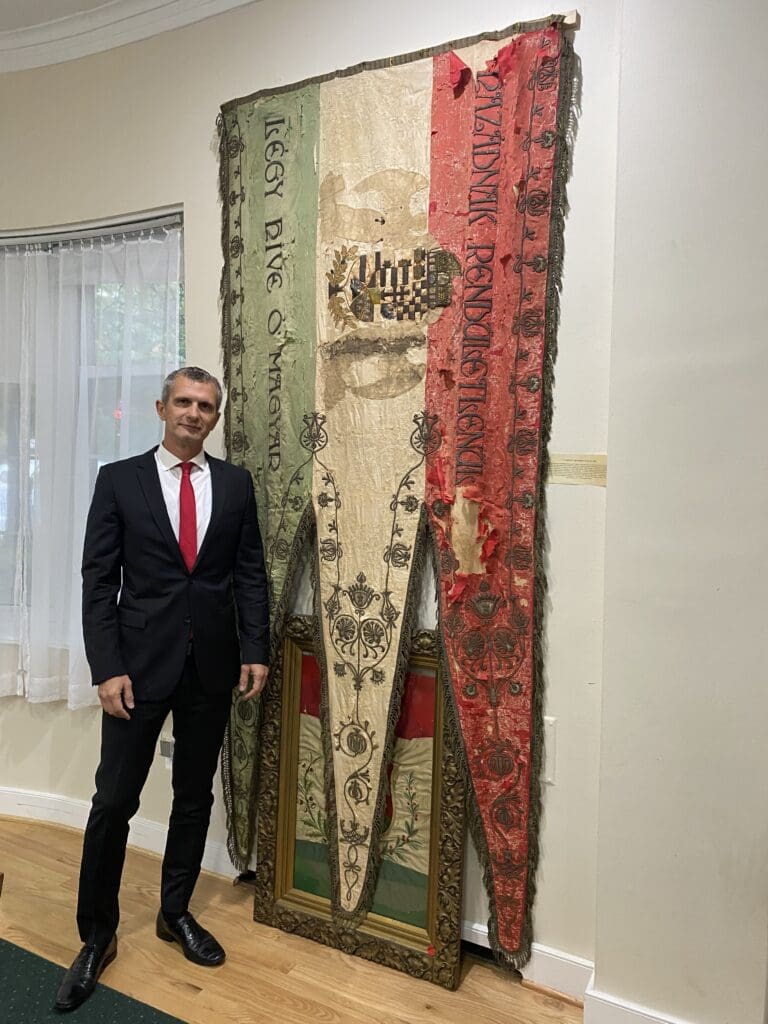
How do you commemorate the eponym of the building?
There is an exhibition commemorating Kossuth’s US tour in 1851–52. This is a visual chronological representation of his trip, with lithographs, paintings, news extracts—everything we could collect about his trip to the US. We recently had the whole exhibition narrated in English, so if somebody walks in here, they can just scan the QR code and listen to the narration on their smart devices. We are also planning a virtual tour of the exhibition and the building itself. I have tons of ideas about what we could do. I want to turn this building into a multi-functional centre of Hungarian culture. This building is in a very central place, thousands of people pass by every day. They look at the Hungarian flag and wonder what this place is. I want to take advantage of this central location and make sure that within ten seconds they will get an idea of what this is, what it represents. We must remember: the whole idea of aspiration for freedom is the same value that Hungary and the US share, which we need to rely on when we strengthen the image of our country and our heritage in the US.
Last question. How many Hungarians live in Washington and how many do you aim to reach?
This is a good question with very different answers; from 1,000 to 5,000. First, who do you define as Hungarian? Those with passports, or people who consider themselves of Hungarian origin. There is a long-standing local Hungarian email list with about 1,100 addresses. That means at least 1,100 families, and, of course, I do not think that every single family member signs up separately. Moreover, Washington DC is greater than the city itself. It is like New York City with its enormous suburbs, so it is very difficult to have exact numbers. We aim to reach out to all kinds of people, young people versus families, artistic-oriented people to more gastronomy-oriented ones, etc. As mentioned, we have limitations in terms of attendance, about 30-40 people can join our events in the Kossuth House in person. But these are not the same people. There are some who come to every event, but not too many; there is only a little overlap. And if we look at our social media pages, during the last six months, our reach is over 10,000 people, with over 1,100 following our Facebook page. We are putting ourselves on the map, which is enough reinforcement for me to continue doing this work in my free time.

